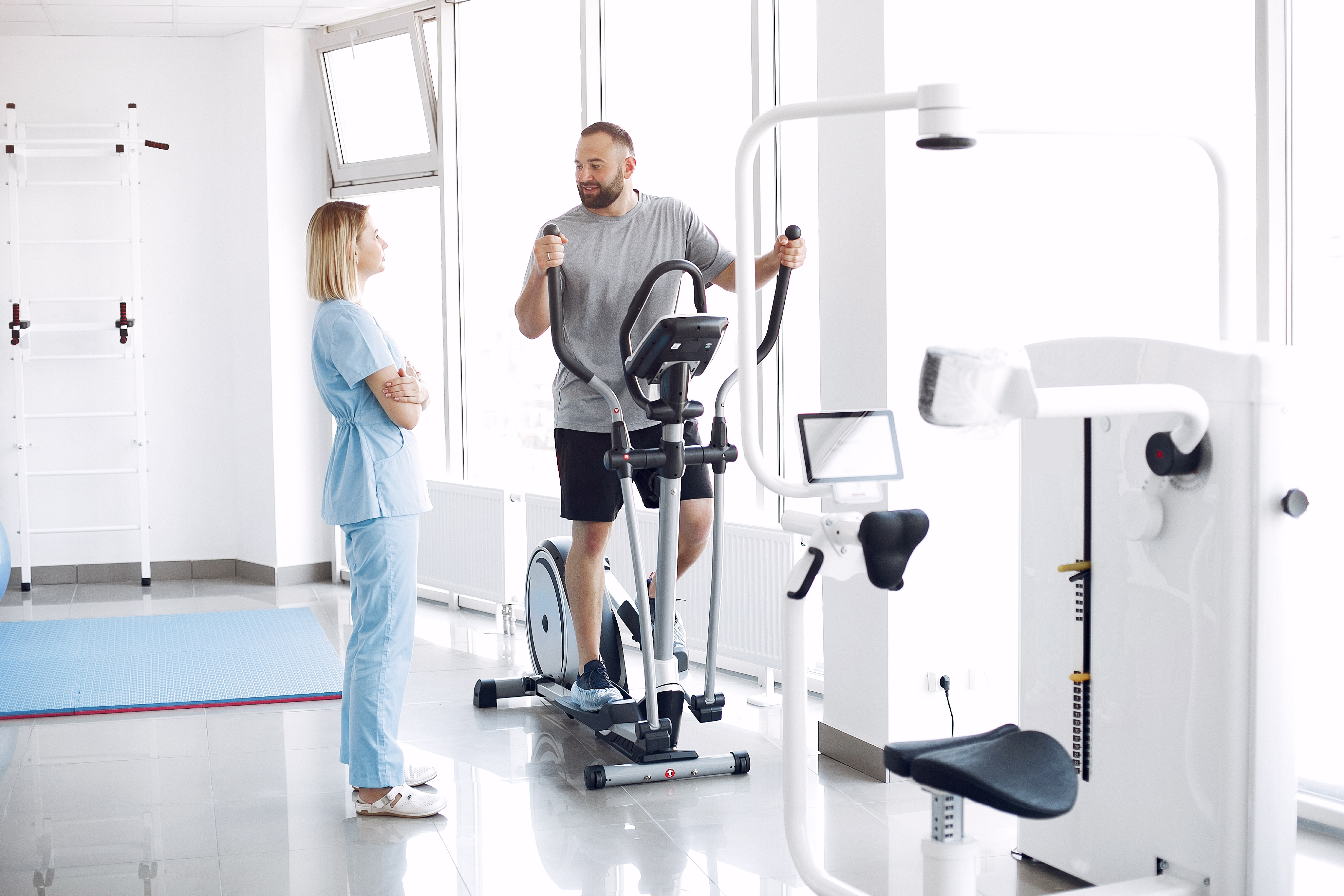Understanding the costs associated with drug rehabilitation is crucial for individuals and families planning for treatment. Finding a reliable rehab center can make all the difference in achieving a successful recovery. While treatment can be a significant financial commitment, several resources and strategies are available to help make rehabilitation more affordable. This guide explores treatment expenses, payment options, and financial assistance programs.
Understanding Treatment Costs
The cost of inpatient rehabilitation programs typically ranges from $14,000 to $27,000 per month. Outpatient services usually cost between $5,000 and $10,000 for a three-month program. Detoxification services can add an additional $1,500 to $3,000 to the total expenses. The cost of medication-assisted treatment varies depending on the type of medication prescribed. Additional services, such as counseling or holistic therapies, can further increase overall costs. Factors such as geographic location and the duration of the program also have a significant impact on pricing. Specialized services and amenities may incur extra charges.
Insurance Coverage Options
Private insurance plans often cover a portion of rehabilitation costs, but coverage levels can vary based on the plan and provider. Many insurance policies require pre-authorization for treatment, and network restrictions may apply. Individuals should be aware of deductibles and copayments that could affect their out-of-pocket expenses. It is essential to understand coverage limits to avoid unexpected costs. Medicare and Medicaid may cover treatment for eligible individuals, providing valuable financial support. Consulting with an insurance specialist can help clarify coverage options and ensure all available benefits are utilized.
Additional Payment Resources
There are several additional resources available to help individuals cover rehabilitation expenses. State-funded treatment programs provide financial assistance to those who qualify. Many rehabilitation centers offer sliding scale fee arrangements based on income levels. Some facilities provide payment plans that allow individuals to spread out their financial obligations over time. Healthcare financing options, such as medical loans or credit lines, can provide further financial support. Assistance from charitable organizations and nonprofit groups can help cover costs for those in need. Employee assistance programs (EAPs) offered by employers can also contribute to treatment expenses. Veterans may have access to benefits through the Department of Veterans Affairs (VA), helping them afford necessary treatment. Combining multiple funding sources can help create a comprehensive financial plan.
Financial Planning Strategies
Careful financial planning can ease the burden of rehabilitation costs. Conducting a thorough cost-benefit analysis helps individuals understand the value of treatment and its long-term impact. Developing a budget that outlines treatment-related expenses and potential funding sources can aid in managing costs effectively. Coordinating available payment resources and exploring all potential assistance options can further reduce financial stress. Long-term financial planning should include considerations for ongoing care and relapse prevention. Establishing an emergency fund can provide a safety net for unexpected expenses. Maximizing insurance benefits by reviewing policy details and taking full advantage of coverage can reduce out-of-pocket costs. Seeking financial counseling from professionals who specialize in healthcare financing can provide valuable guidance. Keeping accurate documentation of all expenses and payments is essential for maintaining financial clarity throughout the rehabilitation process.
Other related posts:
- Understanding Outpatient Drug Rehabilitation: Programs and Benefits
- Evaluating Drug Rehabilitation Effectiveness: Success Rates and Outcomes

.png)
.png)
.png)


.png)
.png)
.png)
.png)



